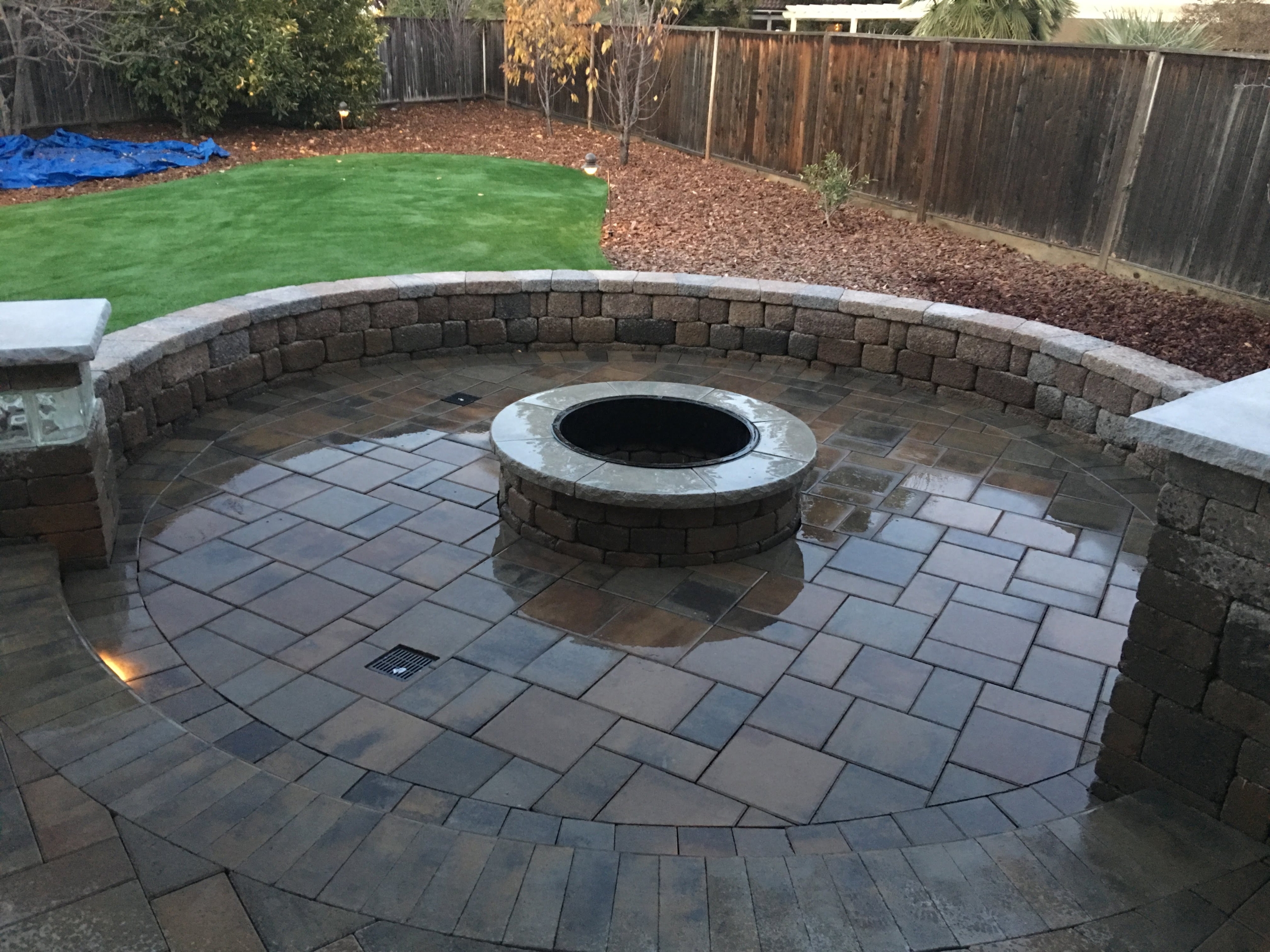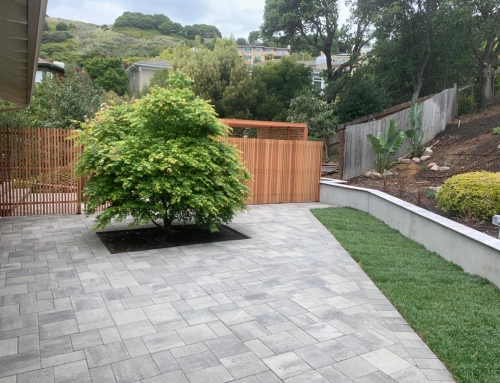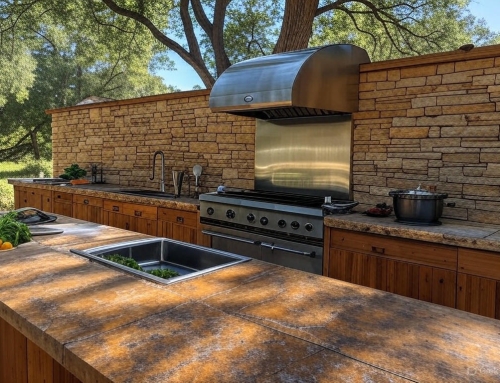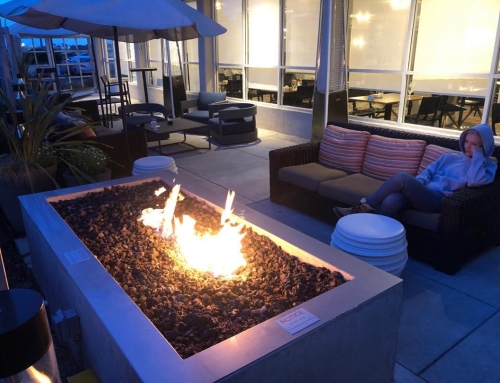When it comes to adding warmth, charm, and a timeless sense of luxury to your home, few features match the appeal of a fireplace. Whether you’re building a new home, renovating an older one, or simply dreaming about cozy evenings by the fire, it’s important to understand what a fireplace involves in the context of construction, installation feasibility, and cost-effective options. In this comprehensive guide, we’ll explore what a fireplace means in construction terms, whether you can install one in your home, and what the most affordable options are for homeowners working on a budget.
What is a Fireplace in Construction?
In construction, a fireplace is more than just a cozy architectural feature—it is a carefully designed structure that provides both functional heating and aesthetic appeal. A fireplace in construction generally consists of the following elements:
-
Firebox – The chamber where the fire is built and burns.
-
Hearth – The non-combustible floor area directly in front of and often inside the fireplace.
-
Chimney – The vertical structure that allows smoke and gases to escape from the building.
-
Flue – The inner passage within the chimney.
-
Mantel and Surround – Decorative elements that frame the fireplace.
-
Damper – A movable plate that controls airflow and prevents heat from escaping when the fireplace is not in use.
Fireplaces can be constructed using materials like brick, stone, concrete, or metal. In traditional masonry construction, fireplaces are built using bricks and mortar to ensure structural stability and resistance to heat. Alternatively, prefabricated or modular fireplaces are available and can be installed with less invasive construction processes.
There are also different types of fireplaces in modern construction:
-
Wood-burning fireplaces
-
Gas fireplaces
-
Electric fireplaces
-
Ethanol fireplaces
Each has unique construction requirements, costs, and pros and cons depending on the desired usage and local building codes.
Can I Install a Fireplace in My House?
One of the most common homeowner questions is whether it’s possible to install a fireplace in an existing house. The answer largely depends on several factors including your home’s structure, location, existing HVAC systems, and your overall renovation budget.
1. Home Type and Age
Older homes often already include chimneys or were built to accommodate fireplaces. In these cases, installing or upgrading a fireplace is relatively straightforward. However, in modern homes or apartments built without chimneys, installing a traditional wood-burning fireplace can be expensive and complex due to the need for proper ventilation and fire safety compliance.
2. Building Codes and Permits
Most municipalities require building permits and inspections for fireplace installations. This is to ensure safety regarding chimney placement, flue size, and clearance from combustible materials. Always consult local building codes or a licensed fireplace contractor to ensure compliance.
3. Space and Layout
Even if your house wasn’t originally designed for a fireplace, there are several fireplace options that don’t require significant space or invasive construction. For example:
-
Wall-mounted electric fireplaces only need access to power.
-
Ventless gas fireplaces don’t require a chimney, making them suitable for small or modern spaces.
-
Corner fireplaces can fit into unused areas and maximize space efficiency.
4. Ventilation Requirements
Wood-burning and vented gas fireplaces require chimneys or venting systems. However, ventless gas or electric fireplaces do not. This makes them ideal for newer homes that may not have been designed for traditional chimneys.
So yes, you can install a fireplace in most houses—but the method and cost will vary depending on your specific situation. A professional evaluation will help determine what type is best suited for your home and budget.
What is the Cheapest Way to Add a Fireplace?
The cost of adding a fireplace varies dramatically based on the type you choose, labor, materials, and additional features. Let’s look at some of the most affordable fireplace options and what you can expect from each.
1. Electric Fireplaces – Budget-Friendly and Easy
If affordability and ease of installation are your top priorities, electric fireplaces are the cheapest and most convenient option. These models:
-
Plug directly into a wall outlet
-
Require no ventilation
-
Come in various sizes and styles (e.g., wall-mounted, insert, or freestanding)
-
Cost between $200 to $2,000, depending on features
Installation typically involves nothing more than unboxing and plugging in, making it a favorite among renters and homeowners alike.
2. Ethanol Fireplaces – Stylish and Vent-Free
Ethanol fireplaces are slightly more expensive than electric models but still cheaper than traditional wood-burning or gas options. They don’t require a chimney or vent and run on clean-burning alcohol fuel. Prices range from $300 to $3,000, and many are portable or wall-mounted.
However, they don’t generate as much heat and are primarily used for ambiance.
3. Ventless Gas Fireplaces – Affordable Heating
Ventless gas fireplaces offer the warmth of a real flame without the need for a chimney. They connect to your home’s natural gas line and offer good heat output. Though installation can require professional help, they’re still more budget-friendly than full masonry fireplaces.
Costs can range from $500 to $5,000, with installation typically adding a few thousand more depending on gas line accessibility.
4. Prefabricated Wood-Burning Fireplaces – Traditional Feel Without the Cost
If you want the authenticity of a wood-burning fireplace without the massive cost of masonry construction, prefabricated models are a solid alternative. They come in factory-built kits that are installed into a framed opening in your wall.
Expect to spend around $3,000 to $8,000, including installation. While they still require venting and fireproof materials, they’re significantly cheaper than fully custom stone or brick fireplaces.
5. Used or Salvaged Fireplaces
If you’re on a tight budget, consider looking into reclaimed or salvaged fireplaces. These can be purchased from demolition sales or architectural salvage stores. Keep in mind, older units may require refurbishing and must meet current safety codes.
Hiring a Fireplace Contractor: Why It Matters
Even with today’s DIY culture, installing a fireplace—especially gas or wood-burning—requires expertise. Incorrect installation can lead to dangerous conditions like carbon monoxide leaks, chimney fires, or insufficient ventilation.
A certified fireplace contractor will ensure:
-
Compliance with local codes and safety standards
-
Proper ventilation systems are in place
-
Fireproofing and materials are suitable
-
Aesthetics are matched with function
If you’re unsure which type of fireplace to choose or how much to budget for installation, working with a professional can save you time, money, and stress in the long run.
Final Thoughts
A fireplace adds instant charm and comfort to any space, but it’s essential to understand what’s involved before diving into installation. Whether you’re after a statement wood-burning hearth or a sleek, modern electric model, there are options to suit virtually any budget or home layout.
To recap:
-
Fireplaces in construction are complex systems with functional and design components.
-
Most homes can accommodate a fireplace depending on space, ventilation, and local codes.
-
The cheapest ways to install a fireplace include electric, ethanol, or ventless gas options.
-
Hiring a skilled fireplace contractor ensures safety, compliance, and peace of mind.
So go ahead—create the cozy living space you’ve been dreaming of. With the right approach, adding a fireplace to your home can be both affordable and rewarding.







